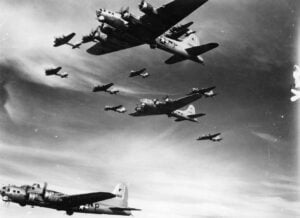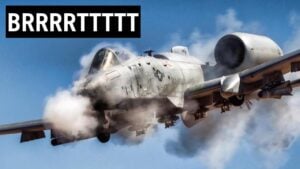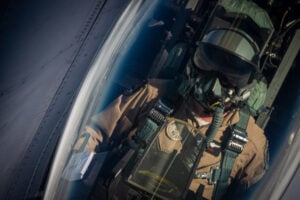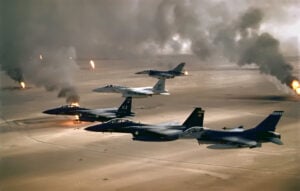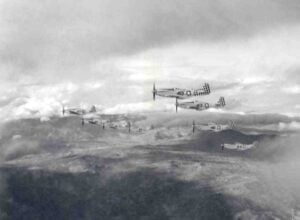What If an F-22 Raptor Defended Pearl Harbor?
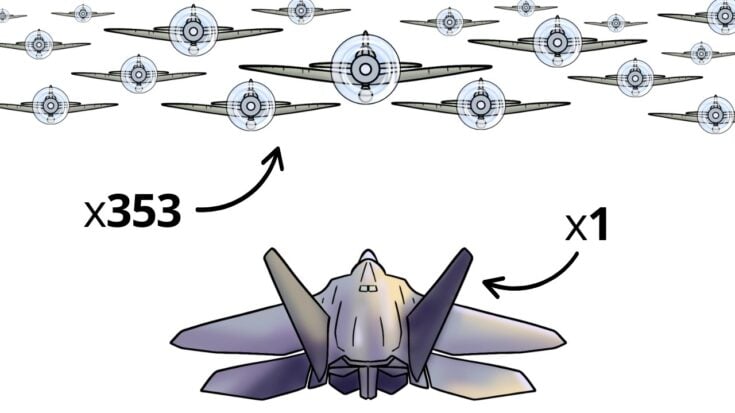
YouTube / Last Brain Cell
Modern Marvel Meets a Historic Tragedy
It’s December 7, 1941. The skies above Pearl Harbor are filled with the roar of Japanese aircraft. Explosions rock battleships and airfields. But imagine one thing changes: under a tarp on a forgotten airstrip sits a jet decades ahead of its time—the F-22 Raptor.

With a cruise speed of Mach 1.5, stealth capabilities, and an arsenal of AIM-120 AMRAAMs, Sidewinders, and a 20mm Vulcan cannon, the F-22 is unlike anything the Japanese could comprehend. It takes off moments before the first wave hits, climbs to altitude in seconds, and begins to strike—long before the enemy even knows it’s there.

In this alternate timeline, formations vanish mid-air, confusion erupts, and the attack’s momentum falters. The jet tears through a dozen aircraft before anyone spots it. And even then, no one can fight back.
Dominant, But Not Invincible
Despite its power, the F-22 has limitations. It runs on JP-8 fuel—nonexistent in 1941. Its missiles, sensors, and maintenance systems are too advanced for the era. Once it runs out of fuel or ammo, that’s it. No refueling. No rearming. No repairs.
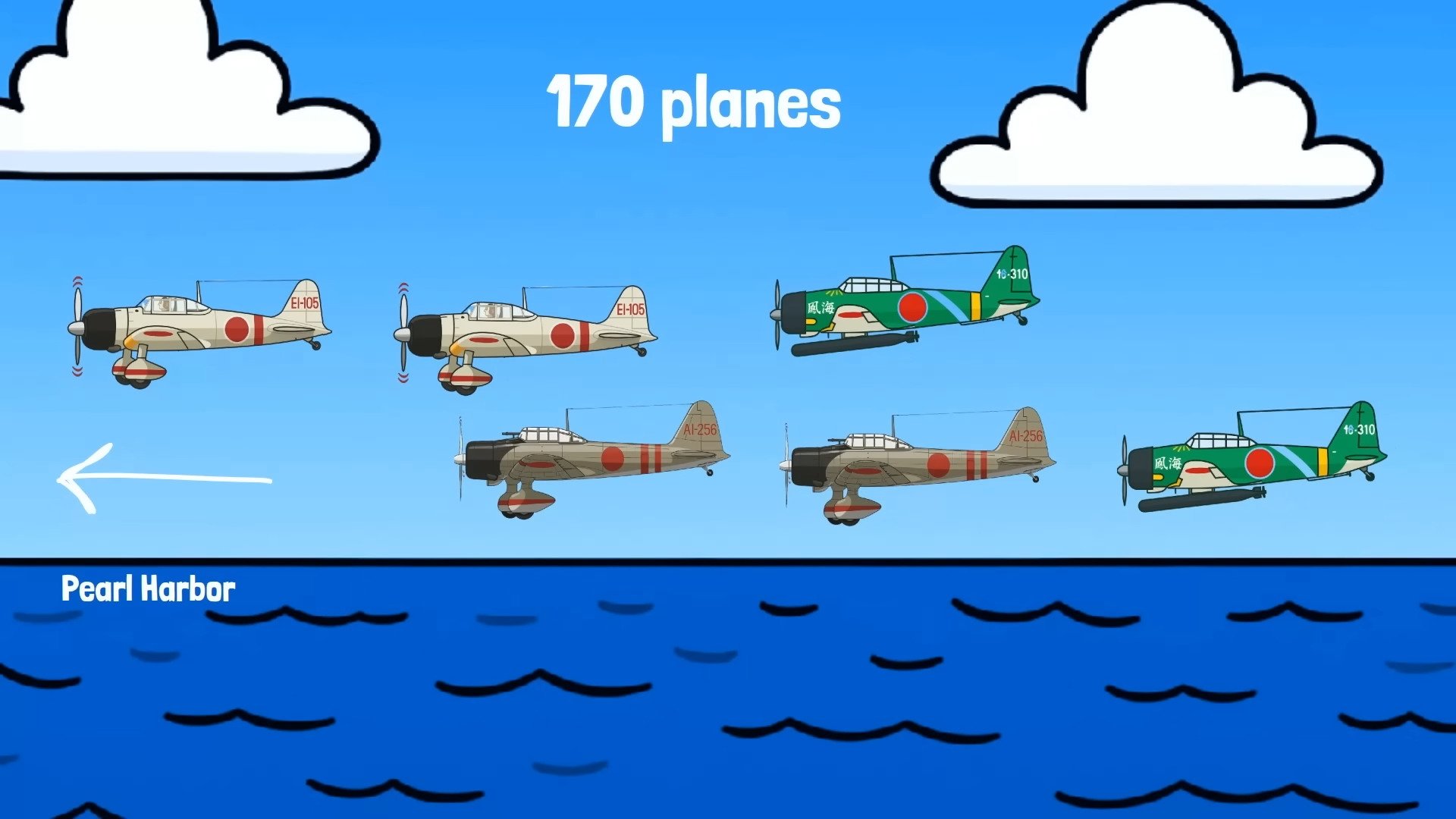
Meanwhile, the Japanese carriers are fully stocked and staffed, launching waves of aircraft every few hours. Even with perfect accuracy, the Raptor can only shoot down 10 to 13 planes. That’s enough to disrupt a wave—not stop the full attack.
A Shift in Morale and History
The Raptor wouldn’t prevent the attack on Pearl Harbor, but it would change its outcome. Fewer ships would be hit. More American lives might be saved. And most importantly, it would shake both sides: confusion and fear for the Japanese, hope and awe for the Americans.
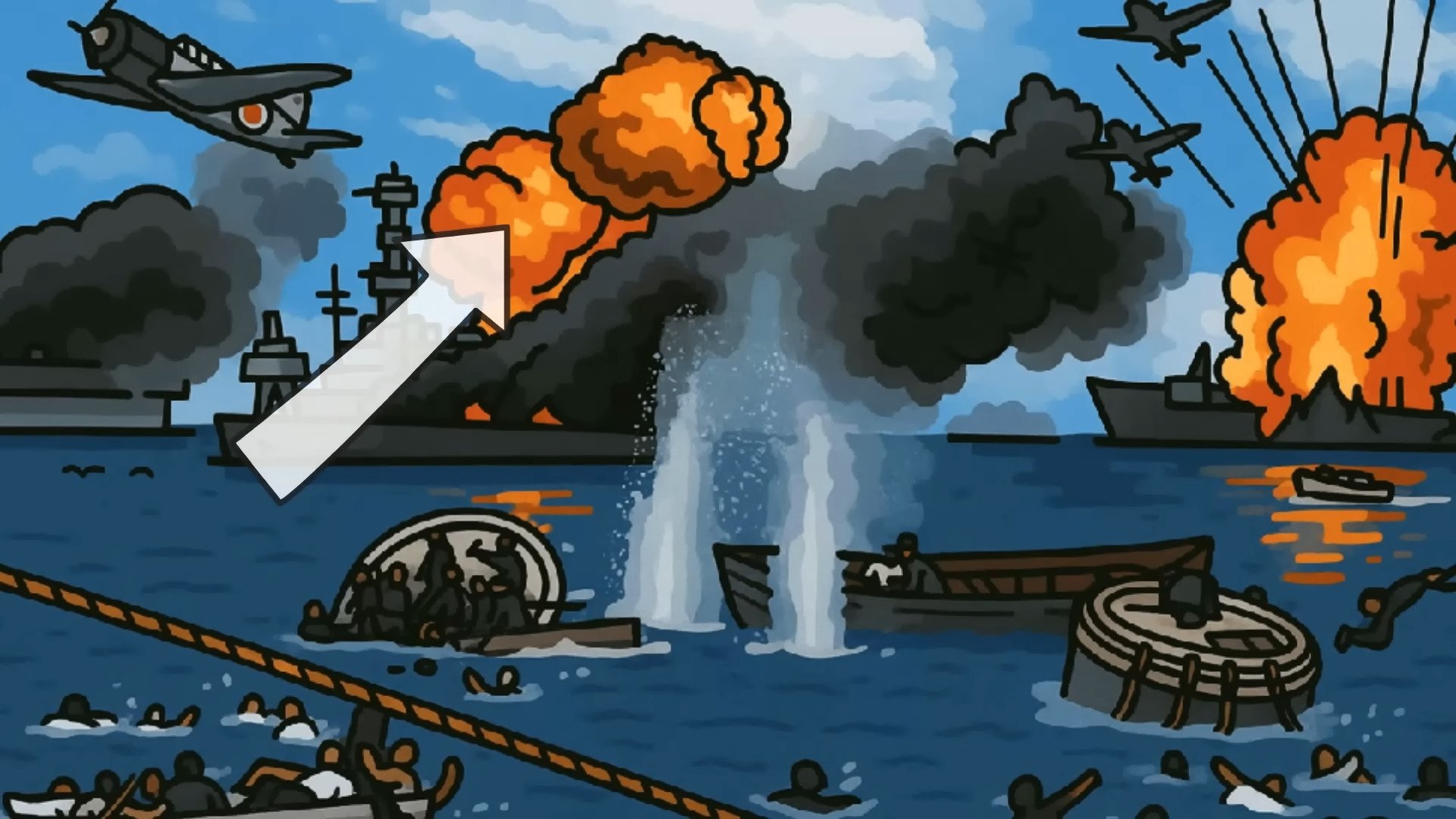
It wouldn’t stop the war—but it might change how it begins.















